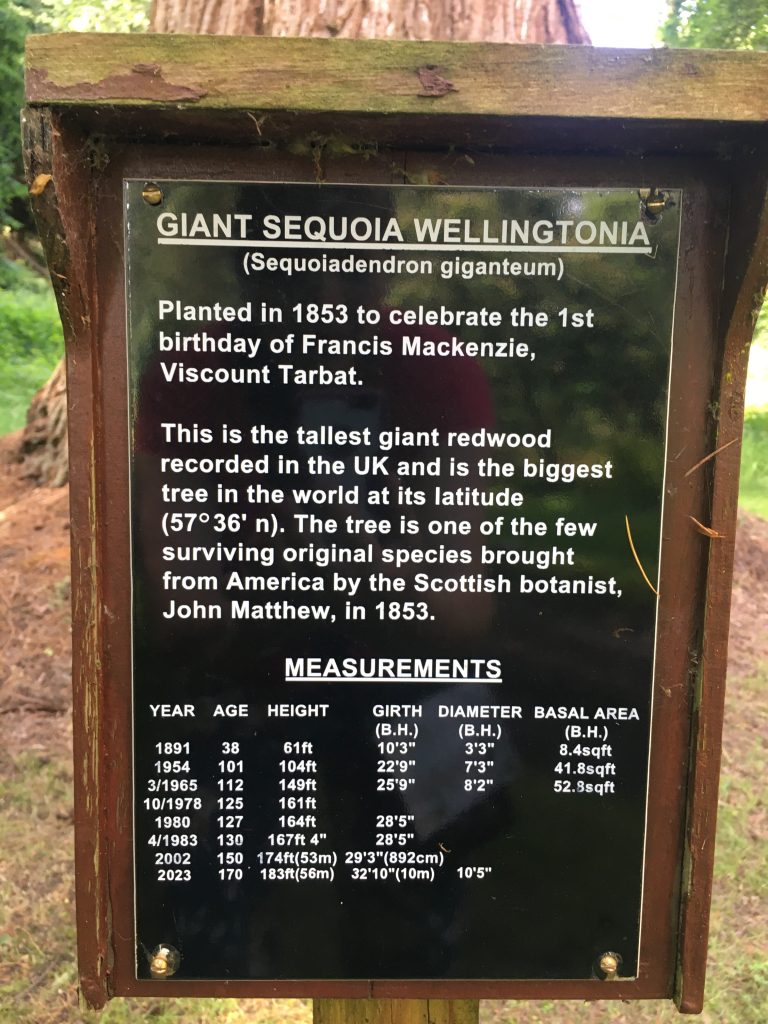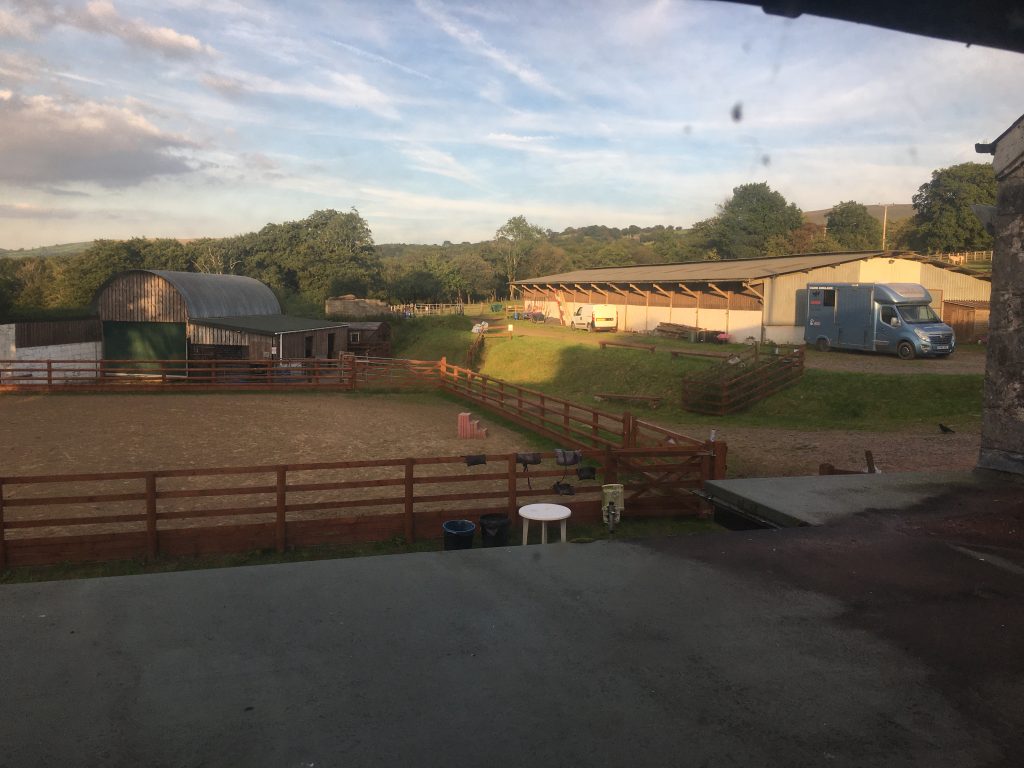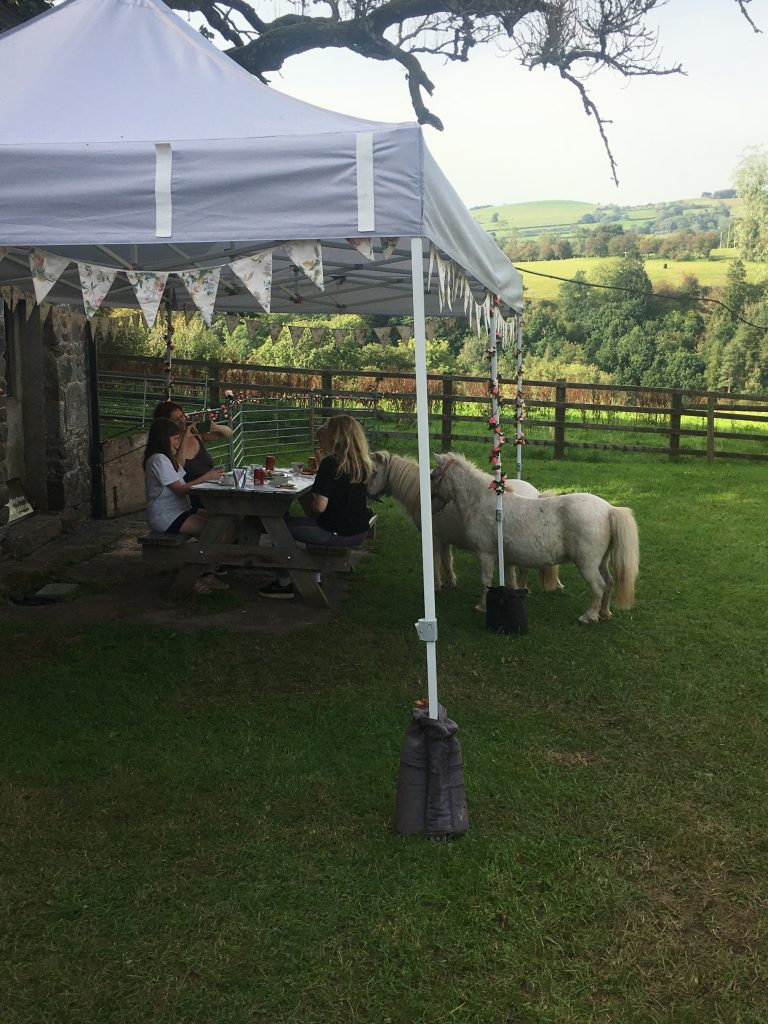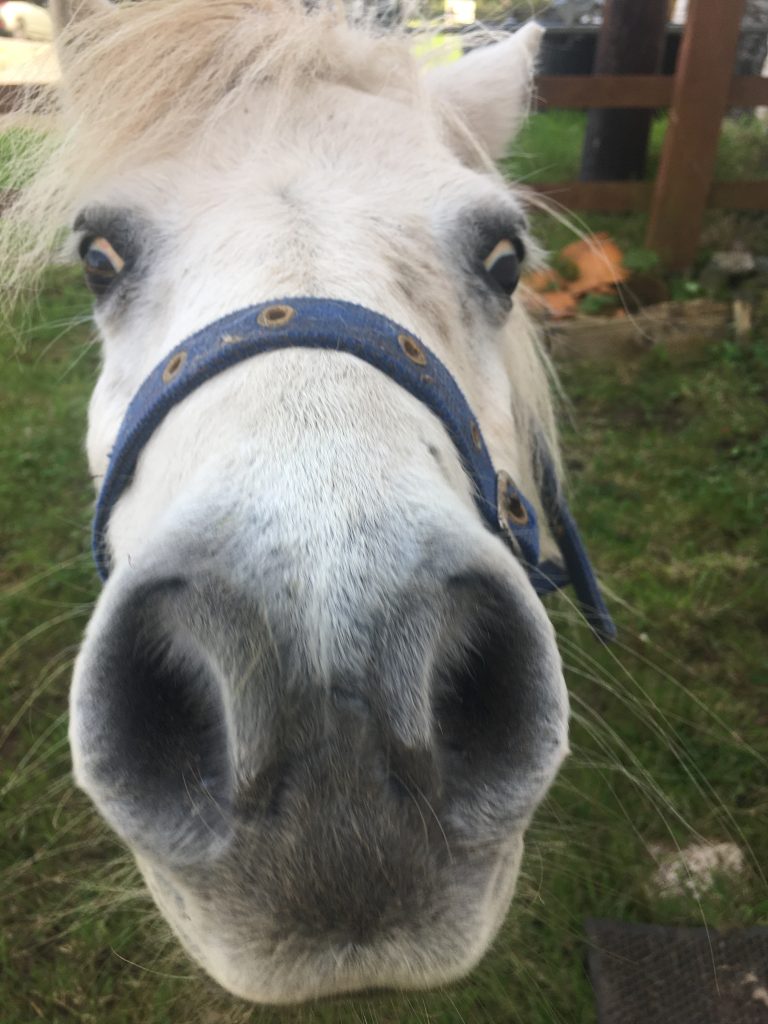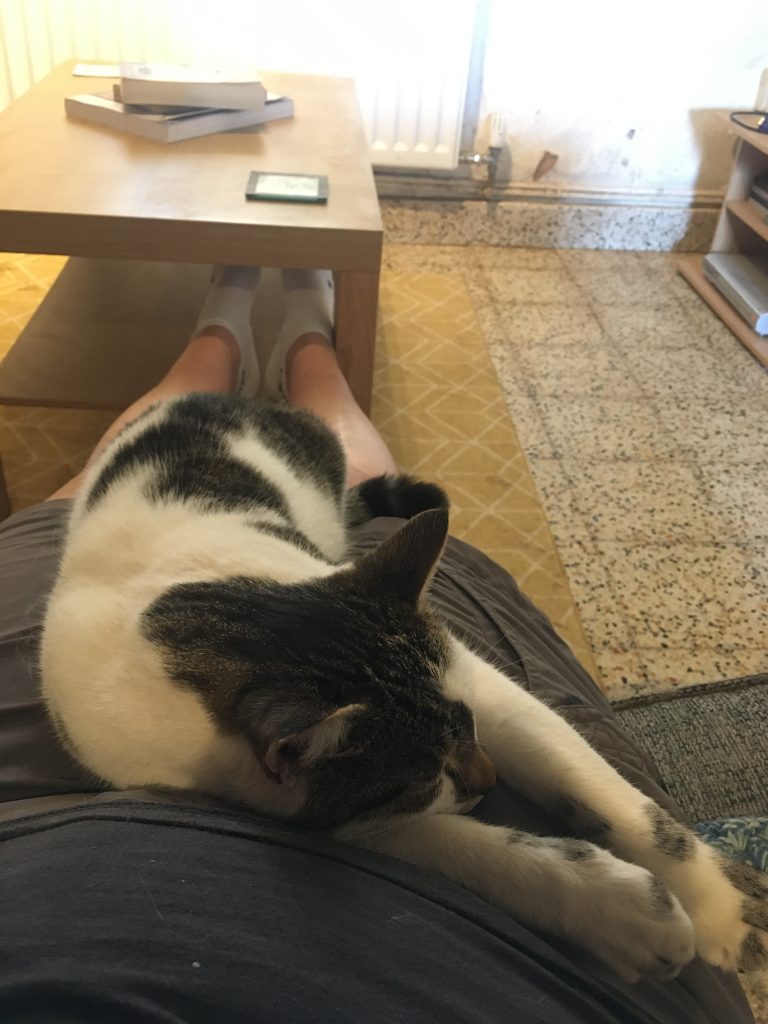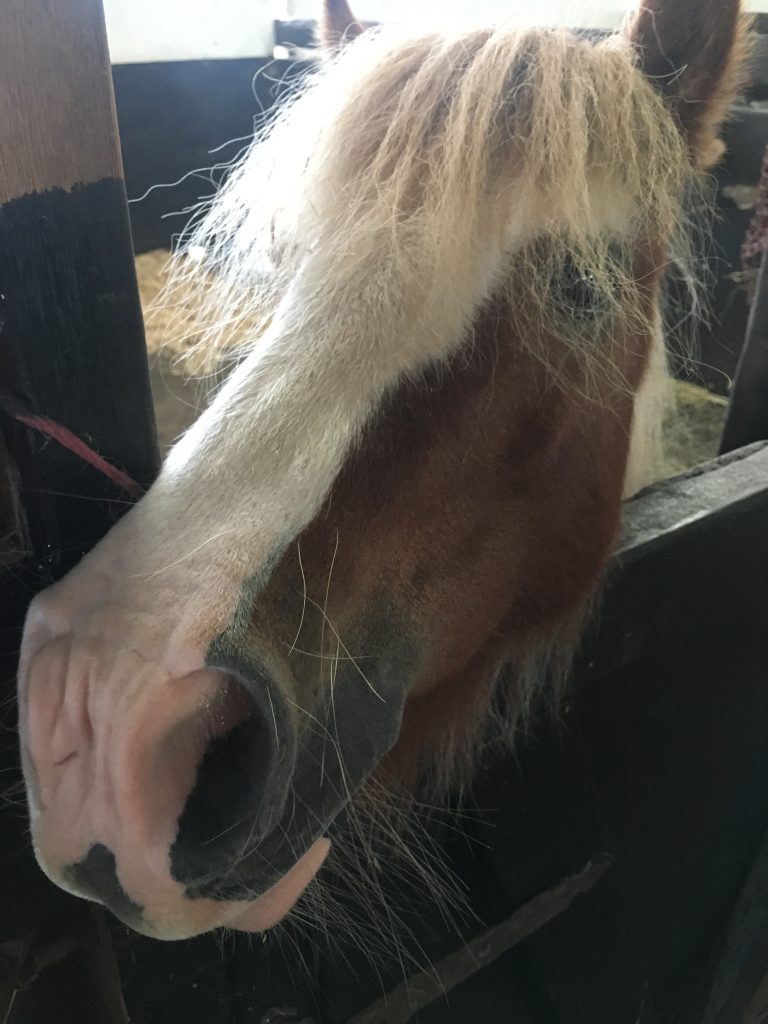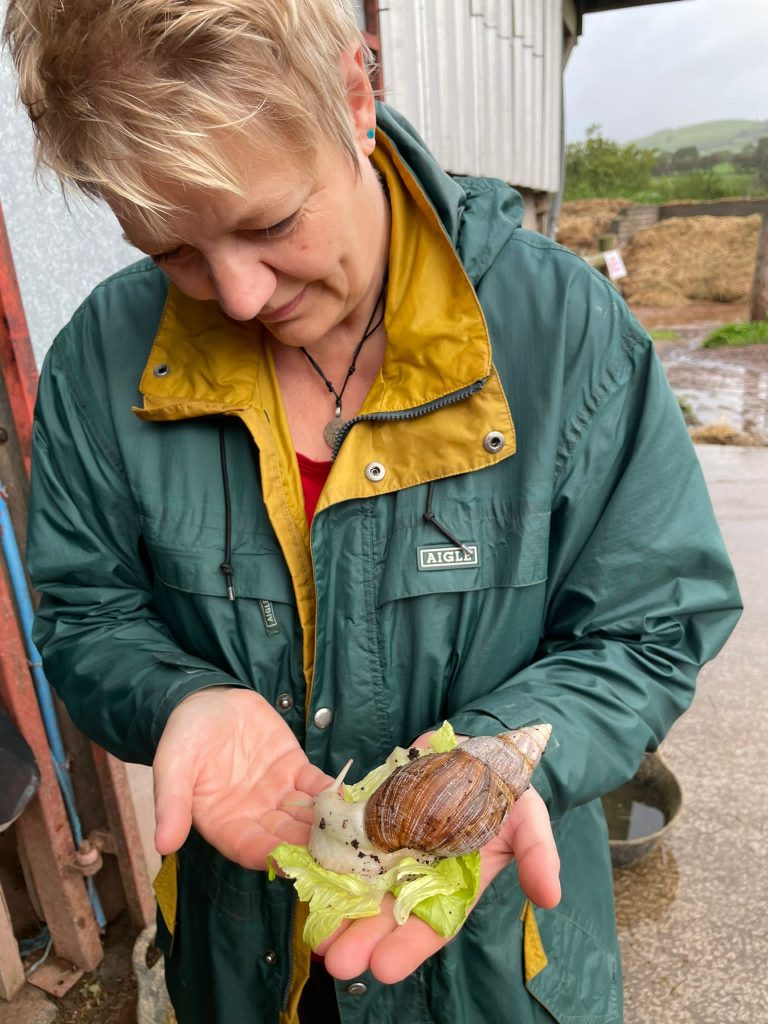I often get asked by my contacts in Germany, how I can survive on the British food. Well, actually, pretty good! Believe it or not, the supermarkets do offer similar food, it all just comes down to what you do with it. It is not all fish & chips here. I can still cook Italian pasta or Indian curry or Chinese stir fry or the traditional Sunday Roast with vegetable, potatoes (roasted, not cooked), gravy and – very British – Yorkshire pudding. If you ask me, forget the vegetable, have more Yorkshire puds.
The bread assortment isn’t great and contains more air than sustenance, I’ll give you that, but what the Brits make with it is worth tasting.
The Brits love their sandwiches. The Germans excel in unusual bread loaf varieties such as onion, sesame, spelt, potato, caraway, apple, buttermilk, and poppy seed. The Brits lead in toast varieties: white, Danish white, brown, seeded, half and half, farmhouse, crusty, tiger, malted, sliced thin, medium, thick, extra thick and for difficult kids with no crust.
Order a sandwich in a tea room or restaurant and it will most certainly come with some salad leaves for decoration and crisps on the side. Traditional fillings are egg-mayo, tuna-cucumber, ham-cheese, cheese-pickles, chicken tikka and bacon-lettuce-tomato (blt). For those you have no time for a cooked full English breakfast there is the all-day-breakfast sandwich on the go, a combination of sausage, bacon, egg and ketchup. You won’t taste the toast, it merely serves to hold the filling together. One of my favourites.
For the more adventurous taste buds there is brie with cranberry, hog roast with apple sauce, salmon and cream cheese, chicken-chorizo and roast beef with horseradish.
But the best and most unusual ones you have to assemble yourself.
For a carb overload try Chip Butty: Fresh or cold left-over chips (preferably from a Chinese take-away) between 2 slices of white, buttered bread (not toasted) with ketchup, brown sauce or curry sauce.
I was introduced to this sandwich by a British colleague. I am not a fan of the other carb bomb loved by Brits – baked beans on toast – and therefore was very sceptic about this combination. But one bite and I was converted. Thank you Brad, for expanding my food horizon!
Another interesting sandwich version is the Fish Finger Butty: Yes, you’ve guessed it – fried fish fingers on white, buttered bread (not toasted), often with sauce tartar or ketchup. What’s not to like about that?
Even though originally considered a work-class meal, these two sandwich variations are nowadays rarely found on pub menus. I happen to know that the “Black Boy” pub in Winchester offers Fish Finger Butty. The size of the sandwich was enormous. The pub itself is worth a visit. Every available spots is filled with collections of stuffed animals, bobbins, bottle openers, miniature whisky bottles and stickers (see Table Art 07.12.2015). Visit the toilet and get watched by hundreds of doll’s eyes glued to the ceiling while reading the remarks on the walls. Unusual and hard to forget. I can truly say, this pub has left a lasting impression on me.



